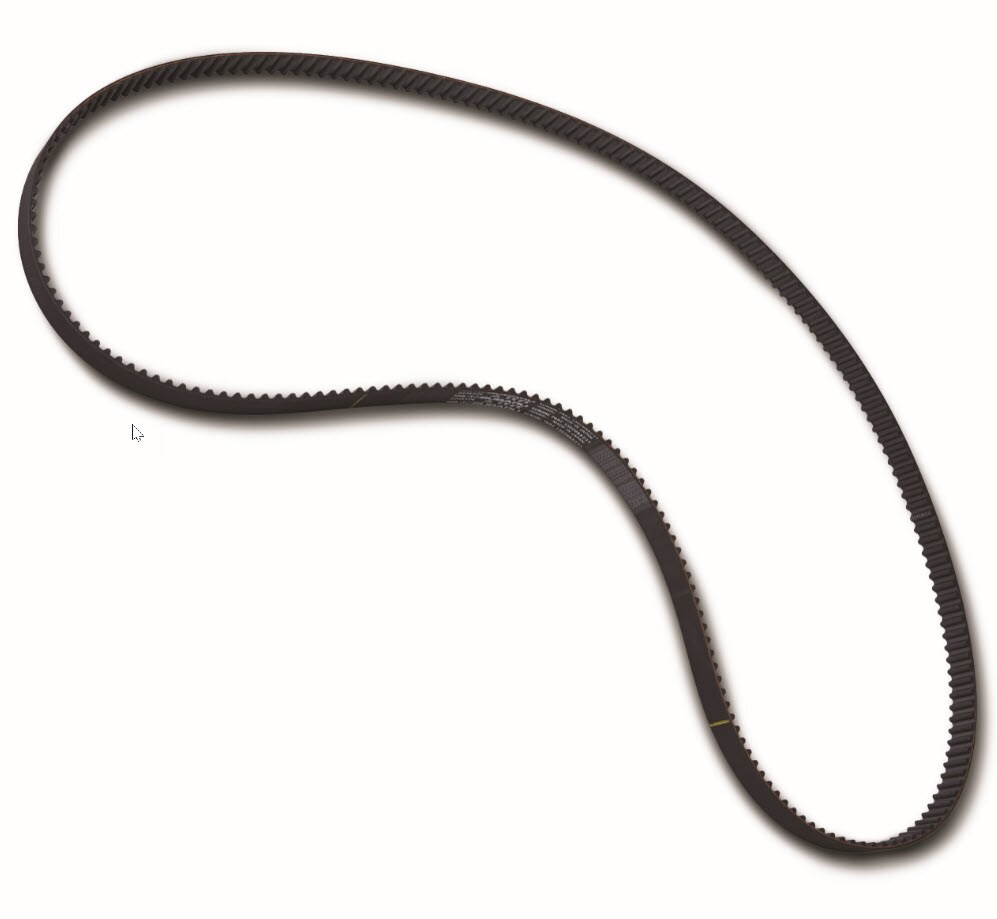Subaru Timing Belt Service| Subaru Service Branford, CT
The Problems of Subaru Timing Belt Repair and Replacement
Subaru timing belt replacement is no easy feat, and avoiding it can result in a total disaster. If you heard stories about Subaru engine damage, you've probably also heard that in many cases, the damage was caused by a broken or worn out timing belt. Although it doesn't happen too often, this issue can come up especially in the case of second hand Subaru cars, which don't have a record of when the timing belt was last replaced. Neglect and a lack of this type of knowledge can result in a worn out or damaged timing belt, which will cause serious damage to the engine, if it snaps.
Why Your Timing Belt is So Important
A timing belt is a belt that connects the crankshaft (the shaft that turns piston motion into rotational movement) and the camshaft (the shaft that uses cams to open poppet valves responsible for how much gasoline is transferred to the engine). The timing belt is responsible for timing the release of fuel just right, so that your 4-stroke Subaru engine can operate at peak efficiency. If the belt is damaged, the two shafts could rotate out of sync and the engine could stall. However, in the case of Subaru engines, the risk is much greater than that.
You probably already know that Subaru vehicles have what is known as an interference engine. These types of engines are 4-stroke internal combustion piston engines that are designed to have one or more fully open valves, which extend to the location of the pistons. While in a non-interference engine, this doesn't happen, so any damage to the timing belt will not cause further problems, in interference engines, it almost always results in severe engine damage due to one or more of the pistons hitting the valves because of a lack in synchronous movement.
Because of the illusive nature of the damage that a timing belt could sustain, as well as the issue of possible engine damage that can be extremely expensive to fix, experts recommend that you have your timing belt checked regularly, and that it be replaced at regular intervals, whether or not any visible signs of damage are detected. That way, you can ensure almost perfectly that the belt will not break and that your engine will be kept safe for the years and decades to come.
You probably already know that Subaru vehicles have what is known as an interference engine. These types of engines are 4-stroke internal combustion piston engines that are designed to have one or more fully open valves, which extend to the location of the pistons. While in a non-interference engine, this doesn't happen, so any damage to the timing belt will not cause further problems, in interference engines, it almost always results in severe engine damage due to one or more of the pistons hitting the valves because of a lack in synchronous movement.
Because of the illusive nature of the damage that a timing belt could sustain, as well as the issue of possible engine damage that can be extremely expensive to fix, experts recommend that you have your timing belt checked regularly, and that it be replaced at regular intervals, whether or not any visible signs of damage are detected. That way, you can ensure almost perfectly that the belt will not break and that your engine will be kept safe for the years and decades to come.

Having Your Subaru Timing Belt Checked and Replaced
Timing belts have to be replaced on a regular interval, and there is no way to avoid that fact. Whether you go to your Subaru dealer and find a new Subaru in prime condition, or you buy a used car off someone you found on the internet, the timing belt is a key component that you should never ignore. Whoever the seller may be, make sure you ask them about the repair history of the vehicle and about whether or not they know of the last time the belt was replaced. Additionally, it's good to double check this fact as well as having your newly purchased car checked for damage and deterioration, to determine whether or not you should replace the timing belt sometime soon.In most cases, if you don't know when the belt was replaced, experts recommend that you simply head down to your local Subaru service and have it replaced as soon as possible. The repair in this case will involve not only the checking and replacement of the timing belt, but also that of the tensioner bearings, which are commonly known to fail even more frequently than most timing belts. Subaru timing belt replacement is not a task that can be left to novices and DIY enthusiasts, as variable timing can be extremely complex; so make sure that you always talk to your local Subaru service, before considering having your car's timing belt examined or replaced.








